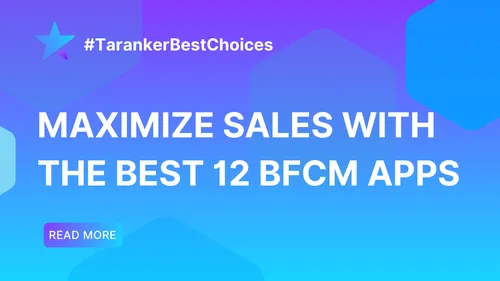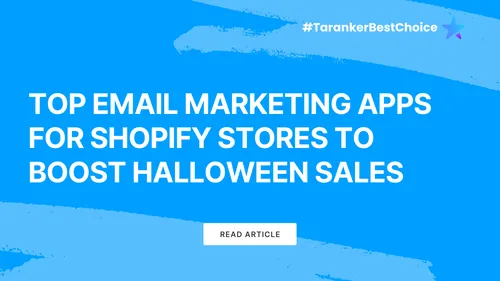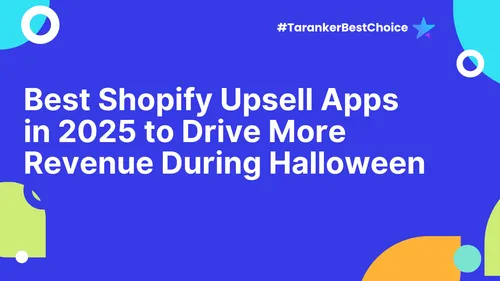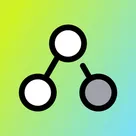Introduction
In the world of e-commerce, success doesn’t happen by chance. Every sale is the result of a carefully navigated process known as the buyer’s journey. For Shopify merchants, understanding this journey is critical to turning casual browsers into loyal customers.
The buyer’s journey represents the steps a potential customer takes—from realizing they have a need, to discovering your brand, evaluating options, and finally making a purchase decision. If you’re not tailoring your marketing and store experience to each stage, you risk losing prospects along the way.
In this comprehensive guide, we’ll break down: ✔ What the buyer’s journey is and why it matters
✔ The three key stages: Awareness, Consideration, Decision
✔ Strategies to engage customers at each phase
✔ How to optimize your Shopify store for seamless navigation through the journey
✔ Tools and tactics to increase conversions and customer satisfaction
Let’s dive into how you can guide your customers smoothly from discovery to checkout.
1. What Is the Buyer’s Journey?

The buyer’s journey is the process customers go through before making a purchase. It’s a framework that helps businesses understand how people interact with their brand at different stages of decision-making.
The 3 Stages of the Buyer’s Journey:
-
Awareness Stage: The customer realizes they have a problem or need.
-
Consideration Stage: The customer researches solutions and compares options.
-
Decision Stage: The customer chooses a product or service and completes the purchase.
For Shopify merchants, mapping your marketing, content, and store experience to these stages ensures you're providing the right message at the right time.
2. Stage One: Awareness — Capture Attention and Spark Interest
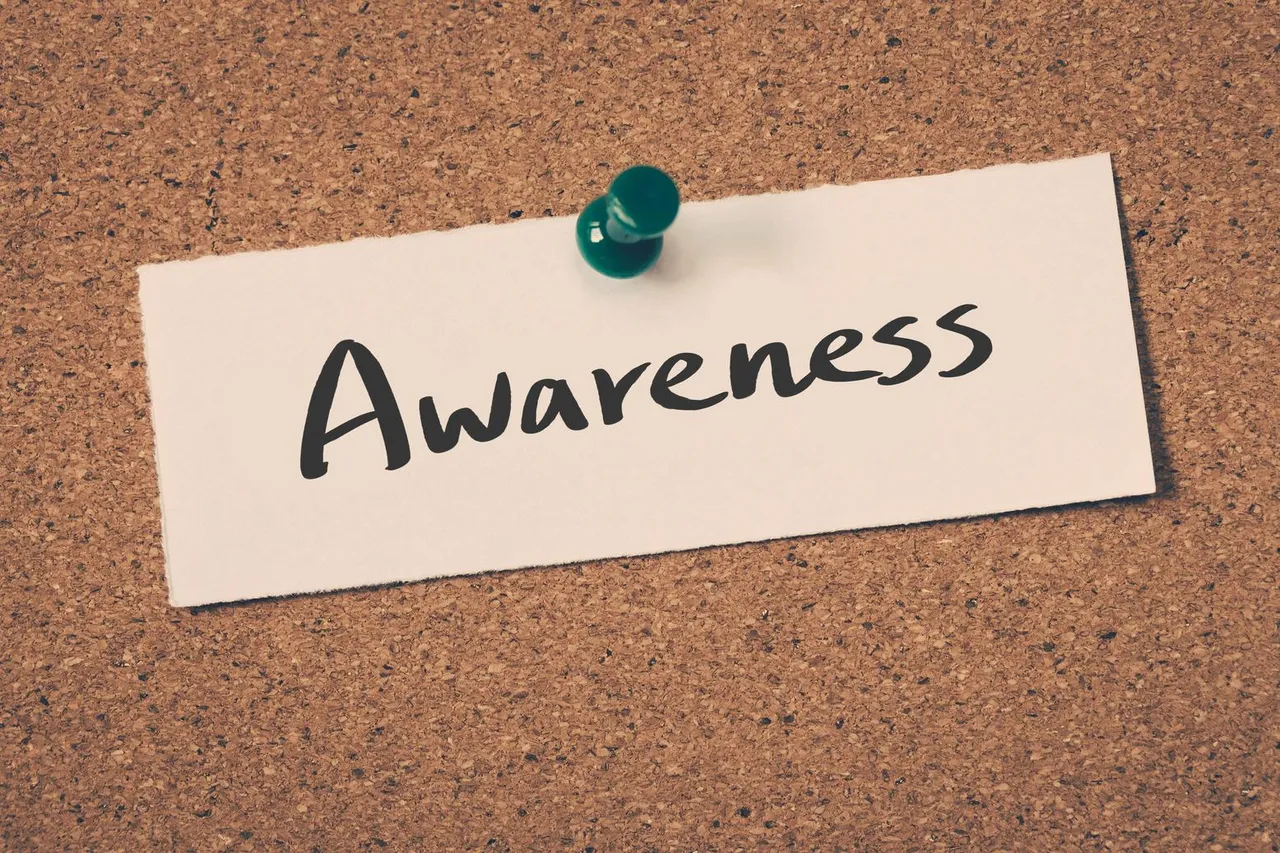
At this stage, potential customers aren’t ready to buy yet—they're just becoming aware of a need or desire.
Customer Mindset:
✔ “I need to solve a problem.”
✔ “I’m curious about this product category.”
✔ “I didn’t know I needed this!”
How to Engage in the Awareness Stage:
✔ Content Marketing: Create blog posts, guides, and social media content that educates or entertains.
✔ SEO Optimization: Use keywords that match informational searches.
✔ Social Media Presence: Build brand visibility through Instagram, TikTok, Pinterest, or Facebook.
✔ Paid Ads: Run top-of-funnel ads focusing on brand awareness rather than hard selling.
📌 Example: If you sell eco-friendly water bottles, a blog titled “5 Reasons to Switch to Reusable Bottles” can attract customers in the awareness stage.
3. Stage Two: Consideration — Build Trust and Present Solutions

Now that the customer knows what they need, they start comparing brands and products. This is where trust, value, and differentiation come into play.
Customer Mindset:
✔ “Which product is right for me?”
✔ “Is this brand reliable?”
✔ “What are other people saying?”
How to Engage in the Consideration Stage:
✔ Product Pages That Convert: Ensure detailed descriptions, high-quality images, videos, and FAQs.
✔ Customer Reviews & Testimonials: Social proof is critical—use apps like Loox or Judge.me to display reviews.
✔ Email Capture: Offer a discount or freebie in exchange for signing up—nurture leads with informative email sequences.
✔ Comparison Guides: Help customers evaluate options with clear, honest comparisons.
📌 Pro Tip: Use retargeting ads to remind visitors about products they viewed but didn’t purchase.
4. Stage Three: Decision — Encourage Action and Simplify Checkout

At this point, the customer is ready to buy—but obstacles like a complicated checkout process or lack of trust signals can still derail the sale.
Customer Mindset:
✔ “Is this the best deal?”
✔ “Can I trust this store with my payment info?”
✔ “How fast will I get my order?”
How to Engage in the Decision Stage:
✔ Clear Call-to-Actions (CTAs): Use prominent “Add to Cart” and “Buy Now” buttons.
✔ Trust Badges and Secure Payment Options: Display SSL certificates, accepted payment methods, and money-back guarantees.
✔ Transparent Shipping Information: Offer free shipping if possible or clearly state costs upfront.
✔ Abandoned Cart Emails: Use apps like Klaviyo or Omnisend to recover lost sales with timely reminders and incentives.
✔ Offer Limited-Time Discounts: Create urgency with countdown timers or stock alerts using apps like Hurrify.
📌 Example: A customer adds a product to their cart but hesitates. An abandoned cart email offering 10% off can nudge them to complete the purchase.
5. Post-Purchase: The Often-Forgotten Stage
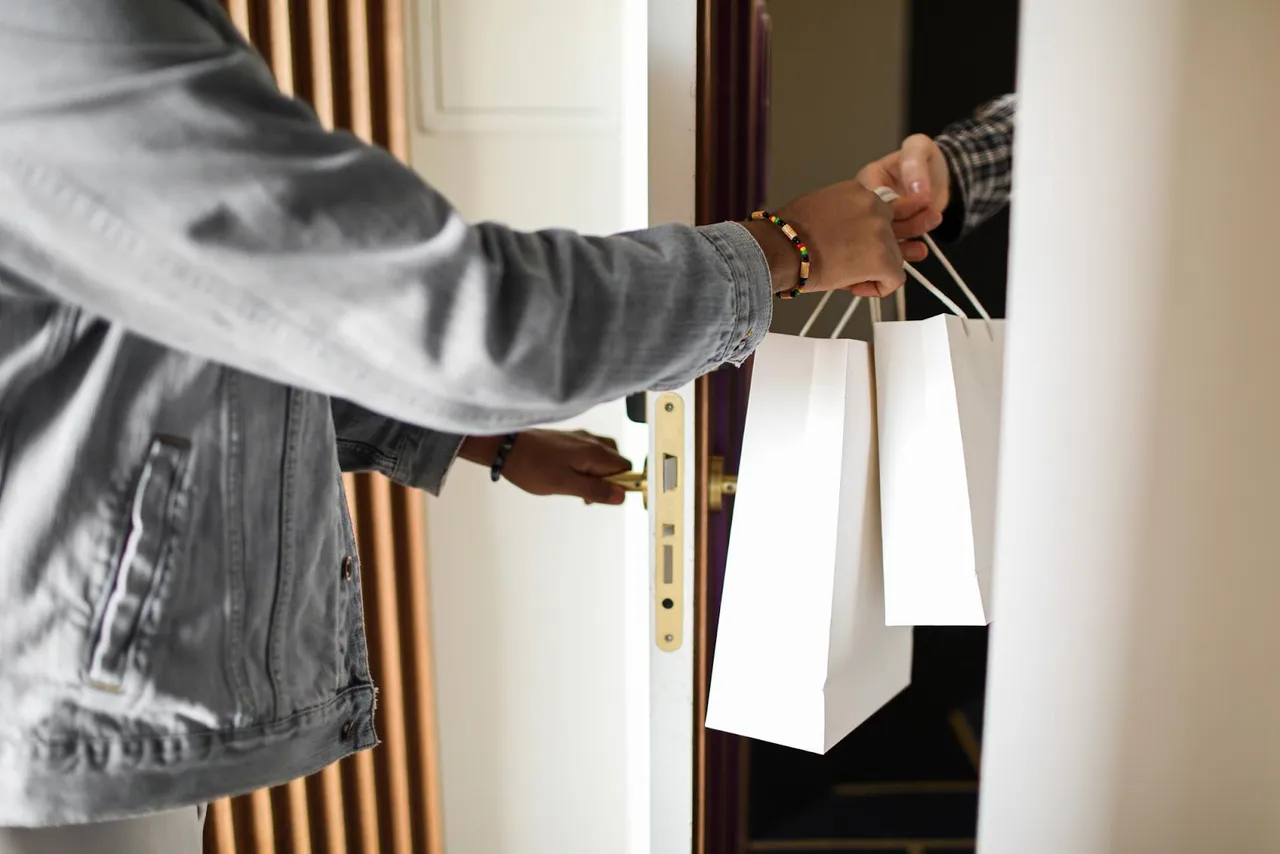
Many merchants stop at the sale—but the journey doesn’t end there. Post-purchase engagement is crucial for:
✔ Encouraging repeat purchases
✔ Building loyalty
✔ Generating referrals and reviews
Strategies for Post-Purchase Success:
✔ Thank You Emails: Express appreciation and provide order details.
✔ Product Care Tips: Help customers get the most from their purchase.
✔ Loyalty Programs: Reward customers for coming back using apps like Smile.io.
✔ Request Reviews: Follow up after delivery asking for feedback.
✔ Upsell & Cross-Sell: Suggest related products or accessories.
6. Optimizing Your Shopify Store for the Buyer’s Journey
Here’s how to align your Shopify store design and marketing with each stage:
|
Buyer’s Journey Stage |
Shopify Strategy Example |
|
Awareness |
Blog integration, SEO apps, social proof |
|
Consideration |
Detailed product pages, reviews, email flows |
|
Decision |
Streamlined checkout, trust badges, retargeting |
|
Post-Purchase |
Automated thank-you emails, loyalty rewards |
📌 Recommended Tools:
-
SEO Manager for optimizing discovery
-
Privy for email capture pop-ups
-
ReConvert for post-purchase upsells
7. Measuring Success at Each Stage
Track these key metrics to see how effectively you're guiding customers:
✔ Traffic Sources: Are your awareness strategies driving visits?
✔ Bounce Rate & Time on Site: Are visitors engaging with your content?
✔ Add-to-Cart Rate: Is your consideration stage converting interest?
✔ Checkout Completion Rate: Are customers smoothly reaching the decision point?
✔ Repeat Purchase Rate: Is your post-purchase strategy working?
Use Shopify Analytics, Google Analytics, and marketing automation dashboards to monitor performance.
Conclusion
Mastering the buyer’s journey is about delivering the right message, at the right time, in the right way. By understanding each phase and optimizing your Shopify store accordingly, you can smoothly guide customers from discovery to purchase—and beyond.
💡 Action Step: Audit your store’s customer journey today. Identify weak points—whether it’s low awareness, high cart abandonment, or lack of post-purchase engagement—and implement targeted strategies to improve.

